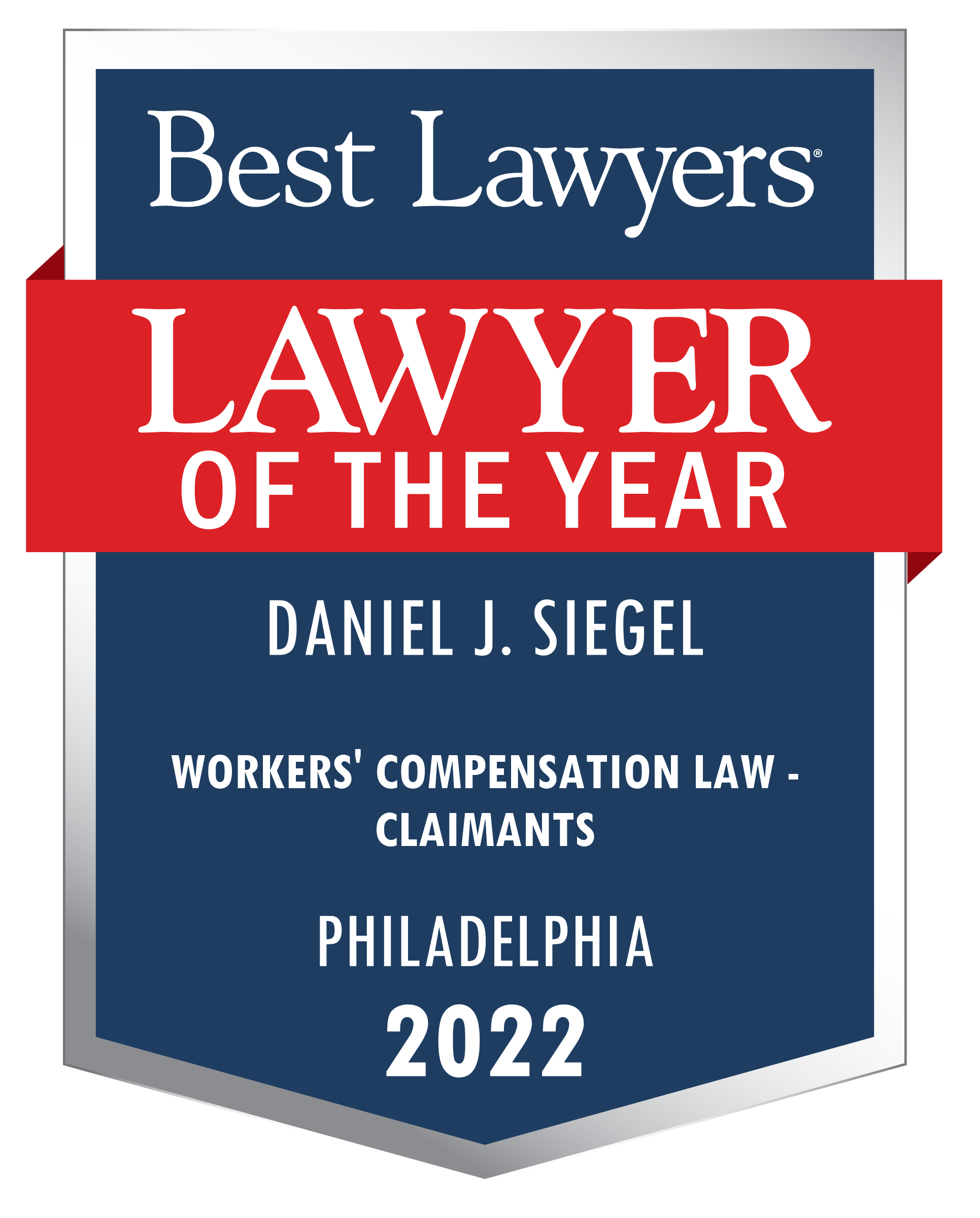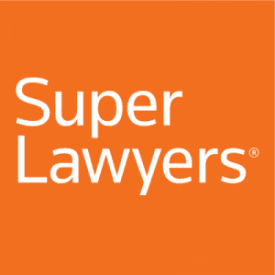Pick a leader, not a law firm that plays follow the leader — and takes credit for the leader’s success
We all remember the childhood game of “Follow the Leader.” Some lawyers still play the game, and want to take the credit for the leader’s work. The recent Court decision in Protz v. WCAB — in which Attorney Dan Siegel authored the friend of the court brief for the Pennsylvania Association for Justice — which invalidated the Impairment Rating Evaluation (IRE) process under the Pennsylvania Workers’ Compensation Act, is a great example. Just look around, watch the ads on TV, and listen to your radio to learn about all the law firms who suddenly are “there” to help the injured workers whose benefits were increased as a result of Protz. They are the followers.
In a recent email, one law firm, which devotes countless dollars to advertising, admitted that the firm had “been waiting” for the decision, which it described as “the most significant workers’ compensation decision in years, if not decades. The recent ruling should ensure that thousands of injured workers across the Commonwealth will continue to receive necessary benefits aligned with the true extent and duration of their injuries.” I thank the firm for acknowledging that the lawyers handling Protz ensured that thousands of injured workers across the Commonwealth will continue to receive necessary benefits aligned with the true extent and duration of their injuries. I also thank them for acknowledging that “Pressure and time were key to this monumental decision.”
Who applied the pressure? Not the firm quoted above. The lawyers who championed this cause included Dan Siegel, Thomas Baumann of Abes Baumann in Pittsburgh (who authored a terrific brief and argued the case superbly before the Pennsylvania Supreme Court), Larry Chaban, Brian Steiner, and a small group of lawyers who discovered the issue and were determined to fight until the Pennsylvania Supreme Court ruled. Most firms did nothing; many never even realized that there were Constitutional problems with IREs. One firm now brags that since 2016 they were “denying ALL IRE requests.” Our firm – the Law Offices of Daniel J. Siegel, LLC – has objected to having our clients attend IRE exams since 2010 (more than six years before the follower firm began to follow the leaders).
Most importantly, insurance companies defending against our cases made generous settlements to avoid facing our firm in a Pennsylvania appeals court.
It is easy to jump on a bandwagon, but our firm has been willing to take the lead and fight in court, where results matter, not just in newspaper articles, where bravado can win the day. Our successes mean that injured workers throughout Pennsylvania receive more benefits — and we have always fought to expand the rights of all injured victims. Consider the list of precedential cases handled by Dan Siegel:
Verizon Pennsylvania Inc. v. Workers’ Compensation Appeal Board (Ketterer), 2014 Pa. Commw. LEXIS 162 (Pa. Commw. Ct. Mar. 12, 2014)
The Pennsylvania Commonwealth Court ruled that a physician must have an active clinical practice, i.e., the physician must provide preventive care and the evaluation, treatment and management of medical conditions, at least 20 hours per week, in order to be qualified to perform Impairment Rating Evaluations under Section 306(a.2)(1) of the Workers’ Compensation Act, 77 P.S. § 551.2(1).
Ferguson v. Morton, 2013 PA Super 329, 2013 Pa. Super. LEXIS 4574 (Pa.Super. 2012)
The Pennsylvania Superior Court reversed the trial court’s order granting a new trial based upon the inflammatory closing argument by plaintiff’s counsel. In particular, the Court held that trial court erred in presuming that the jury’s verdict improperly included punitive damages. Thus, the trial court abused its discretion by concluding that the summation so prejudiced the jury as to require a new trial.
Commonwealth v. Workers’ Compensation Appeal Board (Harvey), 993 A.2d 270 (Pa. 2010)
The Pennsylvania Supreme Court affirmed that the use of actuarial data to calculate pension offsets for injured employees who also receive pension benefits from a defined benefit plan. By not foreclosing a claimant’s ability to challenge the calculations and the assumptions underlying them, injured workers may still employ actuaries to establish when improper and inaccurate calculations form the basis for a claimed offset.
Philadelphia Gas Works v. Workers’ Compensation Appeal Board (Amodei), 964 A.2d 963 (Pa.Cmwlth. 2009)
This en banc Pennsylvania Commonwealth Court decision held that when an employer seeks an offset from workers’ compensation benefits for pension benefits paid to an injured employee, the offset must be calculated based upon the net amount of the benefits received by the worker.
McElheney v. Workers’ Compensation Appeal Board (Kvaerner Phila. Shipyard), 940 A.2d 351 (Pa. 2008)
The Pennsylvania Supreme Court held that a worker injured while on a ship in a graven dry dock was not injured upon the “navigable waters of the United States,” and was entitled to benefits under both the federal Longshore and Harbor Workers’ Compensation Act and the Pennsylvania Workers’ Compensation Act. The Court ruled that the graven dry dock, which by definition was cut and dug out of the land, was not within the limits of the navigable waters of the United States.
Thorne v. Miller, 317 N.J. Super. 554, 722 A.2d 626 (1998)
This is the first reported case in New Jersey to address the obligation of a driver who waves or signals another vehicle into traffic. The trial court held that a driver who waves to another driver to proceed is under a duty of reasonable care that, at the least, requires the driver who waved to observe whether traffic conditions were such as to allow the other driver to proceed without accident; whether, in this case, the waving driver breached that duty and whether the breach was a proximate cause of the accident is for the jury.
Smith v. Pulcinella, 440 Pa. Super. 525, 656 A.2d 494 (1995)
This Pennsylvania Superior Court decision extended to general negligence cases the malpractice doctrine that, where the conduct of two or more tortfeasors causes an injury, and the damages cannot be reasonably apportioned among the negligent parties, any one of the tortfeasors may be held responsible for the entire verdict if that party’s negligence was a substantial contributing factor in causing the plaintiff’s injuries.
Curran v. Greate Bay Hotel & Casino, 434 Pa. Super. 368, 643 A.2d 687 (1994)
This Pennsylvania Superior Court en banc decision analyzed when a verdict may be reduced under the Comparative Negligence Act, and also held that the failure to request the correction of an inconsistent jury verdict constitutes a waiver of any objection to the verdict.
Denny’s v. Workmen’s Compensation Appeal Board (Stanton), 142 Pa.Cmwlth. 531, 597 A.2d 1241 (1991)
This Pennsylvania Commonwealth Court decision specified those actions by employees that are in furtherance of an employer’s business, thus requiring an employer to provide worker’s compensation benefits to employees injured under the circumstances.
Walsh v. City of Philadelphia, 526 Pa. 222, 585 A.2d 445 (1991)
This Pennsylvania Supreme Court decision defined the nature of permissible claims against municipalities under the Recreational Use of Land and Water Act, and outlines the standard for the types of injuries for which local governmental bodies are responsible for damages under the Political Subdivision Tort Claims Act.
So, when you are seeking a lawyer, consider whether they are willing to truly fight, or if they prefer to follow the leader.







